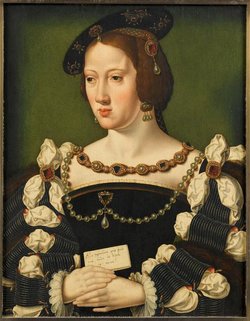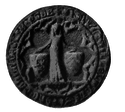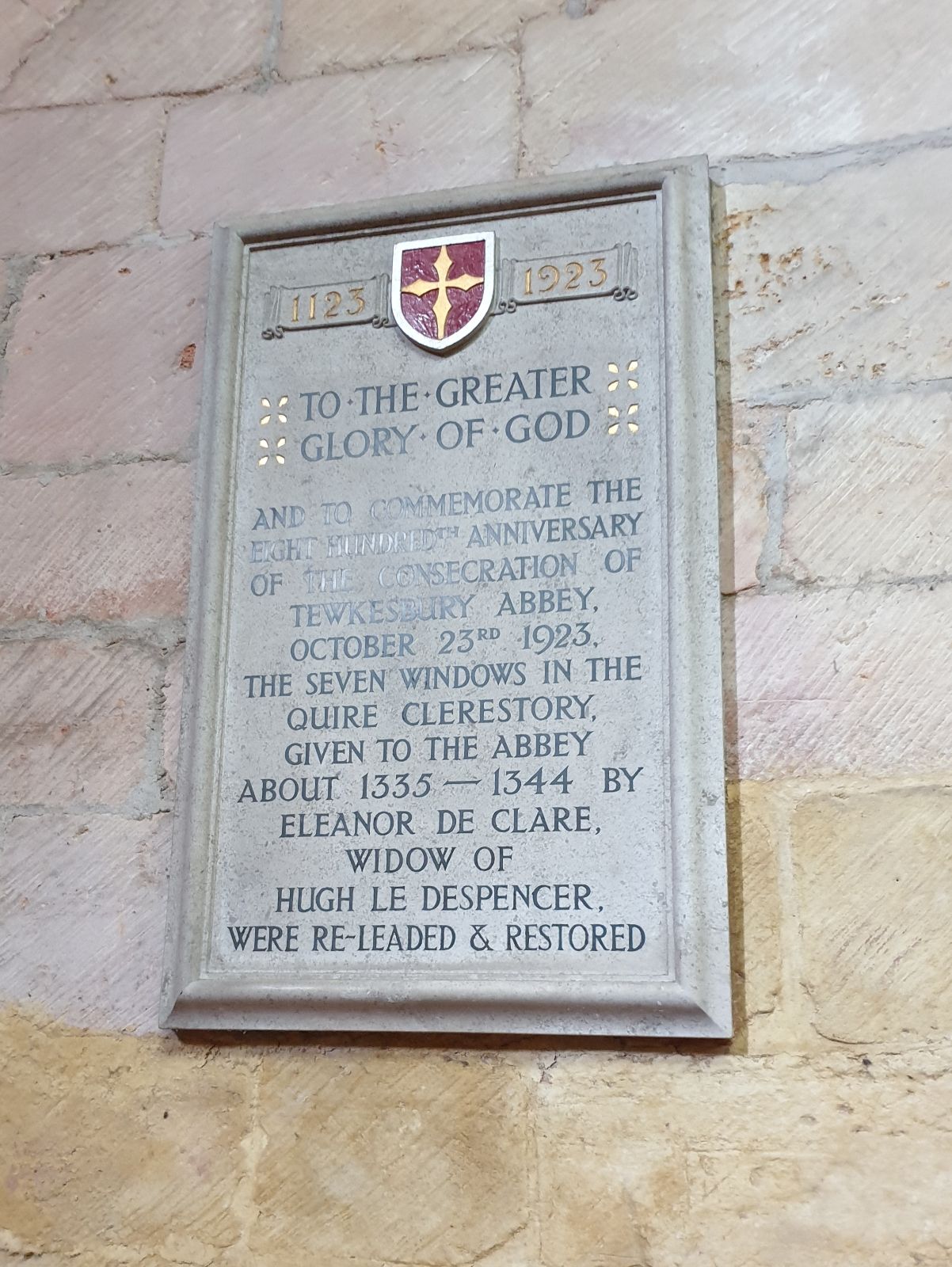Lord la Zouche was one of the men who captured her husband. He abducted her (often thought of as an elopement) from Hanley Castle in 1329, where she had returned following the execution of her husband and her imprisonment at the Tower of London. Roger de Mortimer issued orders for their arrest on 05 Feb 1329 for both William and Eleanor, acting in the King's name, and at the same time it was believed that Eleanor had stolen jewels from the Tower of London. Eleanor was again imprisoned in the Tower of London and eventually moved to Devizes Castle.
Hugh le Despenser is famous for his participation in Roger de Mortimer, 3rd Baron Mortimer, 1st Earl of March (1287–1330) and Queen Isabella's takeover of England from her husband, King Edward II; which ended in the violent and appalling executions of both Hugh the younger and his father in 1326. After their execution Eleanor's life was changed drastically. Three of her daughters were forced to take the veil as nuns, only the eldest, already married, and the youngest babe, escaped the nunnery. In November of 1326, Eleanor was confined in the Tower of London. Her oldest son, Hugh, held Caerphilly Castle until spring of 1327, and was spared his life to surrender yet remain imprisoned until 1331. Eleanor was finally released in February 1328 and received possession of her lands in April of 1328.
The King held her lordships of Glamorgan and Morgannwg, the Manors of Tewkesbury and Hanley until a ridiculous fine of £50,000 was paid. Eleanor and Hugh would eventually receive a pardon on 22 Feb 1330 and Eleanor recovered her lands for a reduced fine of only £5000, which was never paid in full in her lifetime.
Lord la Zouche was one of the men who captured her husband. He abducted her (often thought of as an elopement) from Hanley Castle in 1329, where she had returned following the execution of her husband and her imprisonment at the Tower of London. Roger de Mortimer issued orders for their arrest on 05 Feb 1329 for both William and Eleanor, acting in the King's name, and at the same time it was believed that Eleanor had stolen jewels from the Tower of London. Eleanor was again imprisoned in the Tower of London and eventually moved to Devizes Castle.
Hugh le Despenser is famous for his participation in Roger de Mortimer, 3rd Baron Mortimer, 1st Earl of March (1287–1330) and Queen Isabella's takeover of England from her husband, King Edward II; which ended in the violent and appalling executions of both Hugh the younger and his father in 1326. After their execution Eleanor's life was changed drastically. Three of her daughters were forced to take the veil as nuns, only the eldest, already married, and the youngest babe, escaped the nunnery. In November of 1326, Eleanor was confined in the Tower of London. Her oldest son, Hugh, held Caerphilly Castle until spring of 1327, and was spared his life to surrender yet remain imprisoned until 1331. Eleanor was finally released in February 1328 and received possession of her lands in April of 1328.
The King held her lordships of Glamorgan and Morgannwg, the Manors of Tewkesbury and Hanley until a ridiculous fine of £50,000 was paid. Eleanor and Hugh would eventually receive a pardon on 22 Feb 1330 and Eleanor recovered her lands for a reduced fine of only £5000, which was never paid in full in her lifetime.
Family Members
Advertisement
Explore more
Sponsored by Ancestry
Advertisement
















